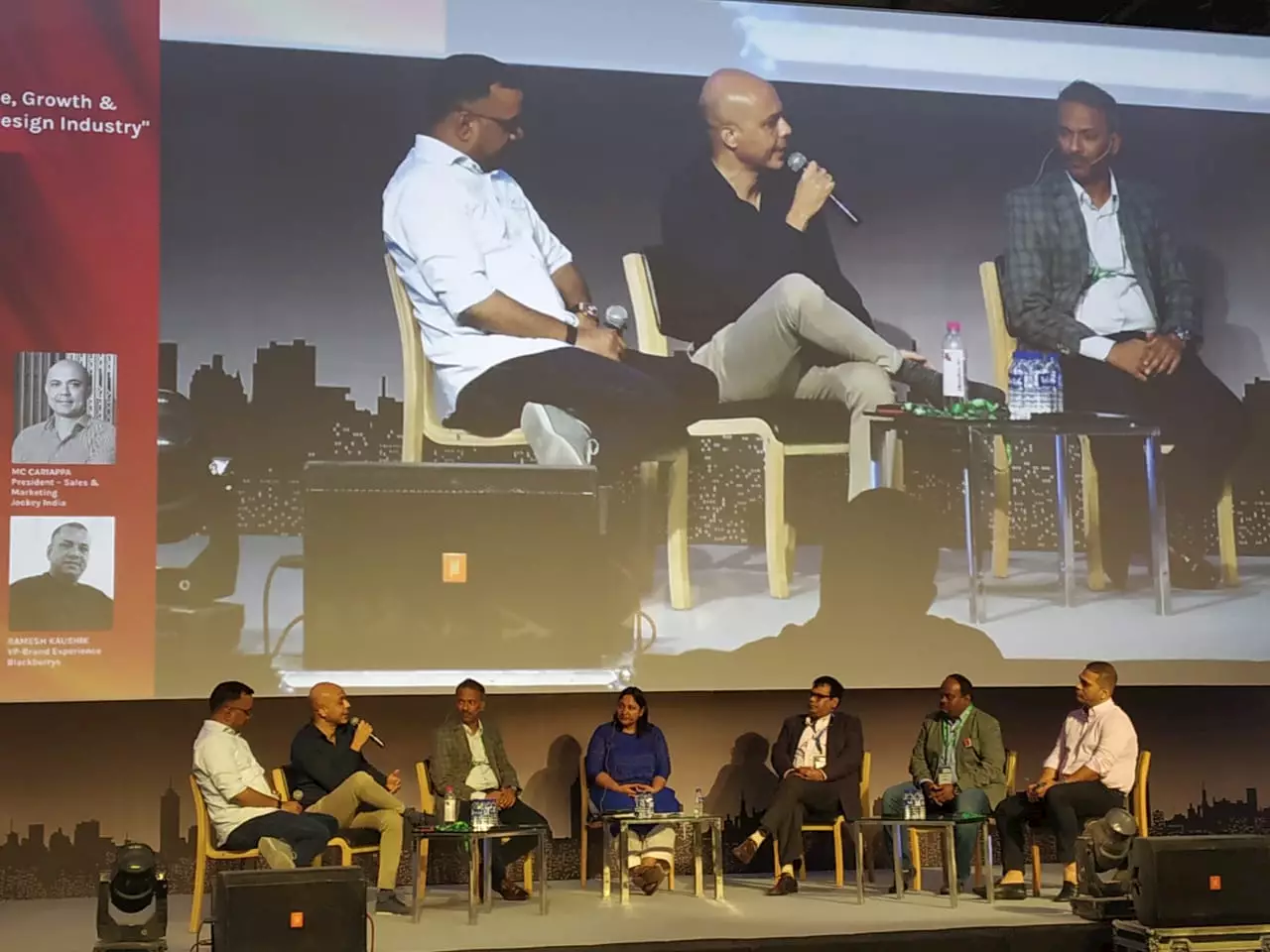In-Store Convention: The design and retail partnership needs to be collaborative
The conference was hosted alongside the 12th edition of In-Store Asia (ISA) in partnership with EuroShop, Messe Düsseldorf.
15 Mar 2019 | 12596 Views | By Abhishek Muralidharan, Sujith Ail
The theme at the In-Store Convention was how the time spent in a store is by its very nature a special event and how the stakeholders who create it need to do more. Often this type of work is incredibly challenging, with jobs passing through multiple individuals and spaces, which creates all manner of logistical nightmares. The conference was hosted alongside the 12th edition of In-Store Asia (ISA) in partnership with EuroShop, Messe Düsseldorf at the Bombay Exhibition Centre, Goregaon, Mumbai.
After Pavitra Rajaram's post-lunch presentation where she mentioned how Good Earth was the most "Instagramed" store in 2018, the PrintWeek India team picked up the coffee chatter. One gem was: "In the advertising world, the creatives rule. In management consulting, the suits rule. A number of people in Indian retail have tried many things in a different way. Making it work in the long term is a lot harder to do. There is no Indian way of doing things."
Fab India and Good Earth have understood how brands create value. They have brought the stores to life creatively. For this the aesthetic capabilities and design calibre, both have been strong.
The seven-member panel discussion hosted by Aanchal Jain of Future Brands Consulting looked at the growth period in 1997-98 due to the economy opening up. These were the days of innocence, when Ansal Plaza, Crossroads, and Spencer Plaza claimed to be the first three malls in India.
The good days lasted until the global recession in 2008. The question on most lips is, is there a pick up after the plateau?
Shravan Suthar of Shravan's Design Company said designing for retail in India has become very exciting because even the products are the same, the customer seeks a different experience.
Earlier there was a novelty factor. But now there is fatigue. Earlier, brands drove the conversation. But now customers are driving chatter.
The writing is on the wall: Brands in India have their work cut out to get noticed as online disruptors continue to gain fans, according to the experts on the panel.
The panellists concurred it is no longer international versus national. Now it is online versus offline.
When Zara entered in India in 2008, it was the entry of global retail. Same size, same design, same customer service. Earlier the global brands downsized their Indian retail ops.
Even today one looks at retail, the store design is predominantly, global. It's not been Indianised.
Ikea Hyderabad is a case in point. Launched in August 2018, the store is 4,00,000 sq/ft, displaying an estimated 7,500 products. At the centre of the store is a 1,000-seat restaurant where dessert is served first.
Ikea prides itself on its competitive prices. Their fascia has an image of their Rs 149 Chicken Meatballs, and the very first item you see is a Rs 15 set of spoons. Every section has a “Our Lowest Price!” wall and every price tag a placebo MRP, to emphasize how low their prices go. While some retailers might avoid this approach, it works well for Ikea, signalling that it understands the Indian market’s expectations of prices.
The good people at Ikea and indeed Kishore Biyani's Future Group understand that offline retail in India is still dominant at 80%.
Online e-commerce, in spite of all the eyeballs, is 20%.

As the panel said, "The kiranas are intact. The companies in the middle-level firms are huffing and puffing. The big brands are bullish." The brick and mortar retail experience is all about the customer discovering "something new".
Retail outlets in India are evolving. It would be great if design firms can be nimble and strategy is anchored in business ROI. The lament was: visual merchandising is a cut and paste job. That's why retail leaders and design experts need to talk. The panel concurred, once again, that "India need to take the best of international efficiency standards and adapt it to the Indian consumer. Look at the best in Milan or Berlin but adapt it to the smallest towns in Haryana and Jharkhand."
This could be in terms of check-out and cash counters; and the ratio of shelves. Or retail store design budget. The partnership needs to be collaborative plus it needs to understand the power of an idea and thought leadership.
The opportunity for Indian retail is huge.
According to a report in Campaign Asia-Pacific, China will displace the US as the world's top retail market in 2019, surpassing the US market by more than USD100 billion, according to eMarketer’s latest worldwide retail and e-commerce forecast. Despite a slowing economy, total retail sales in China will grow 7.5% to reach USD5.636 trillion, while US retail sales will grow 3.3% to reach USD5.529 trillion. China’s growth rate will exceed that of the US through 2022, according to the company.
The two-day In-Store Asia Convention 2019 will address and discuss key issues on 15 March, as well. The sessions include iconic retail brands across categories like Macy’s Inc, Bestseller, Croma, Moschino, Good Earth, Jockey and many more. From than 200 industry veterans, retail experts, designers and policymakers participated at the ISA Convention.





